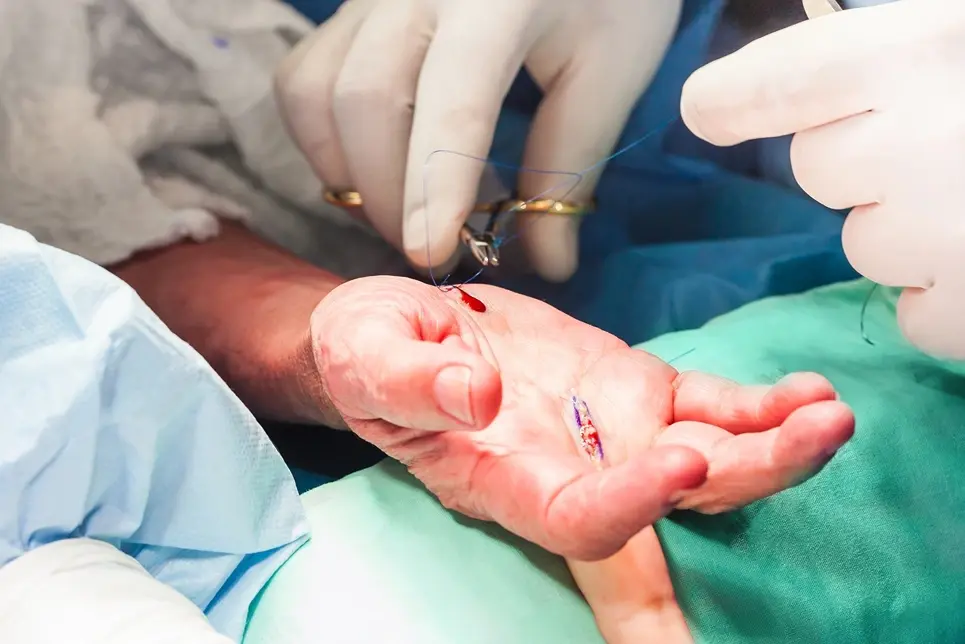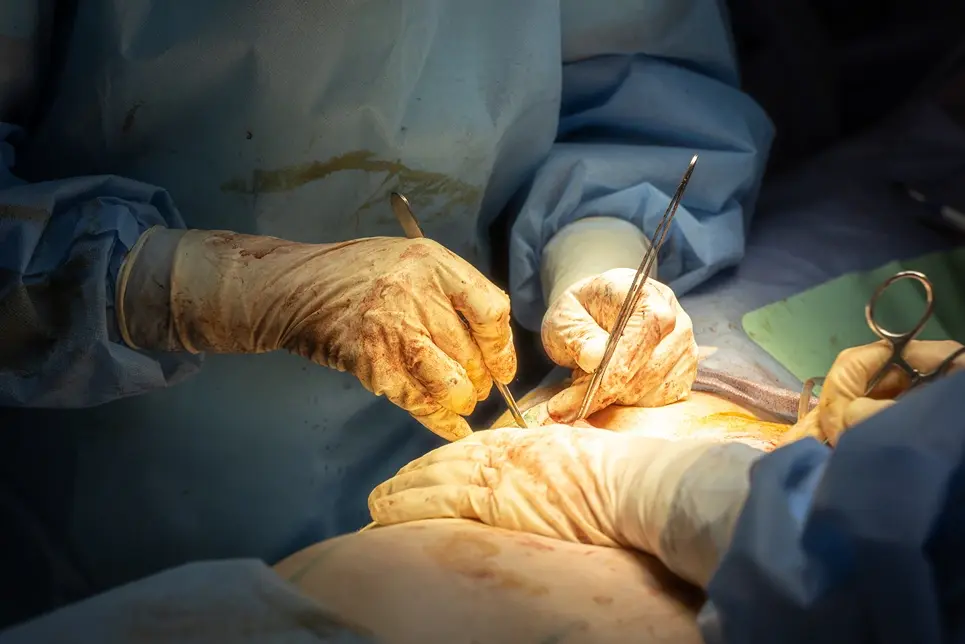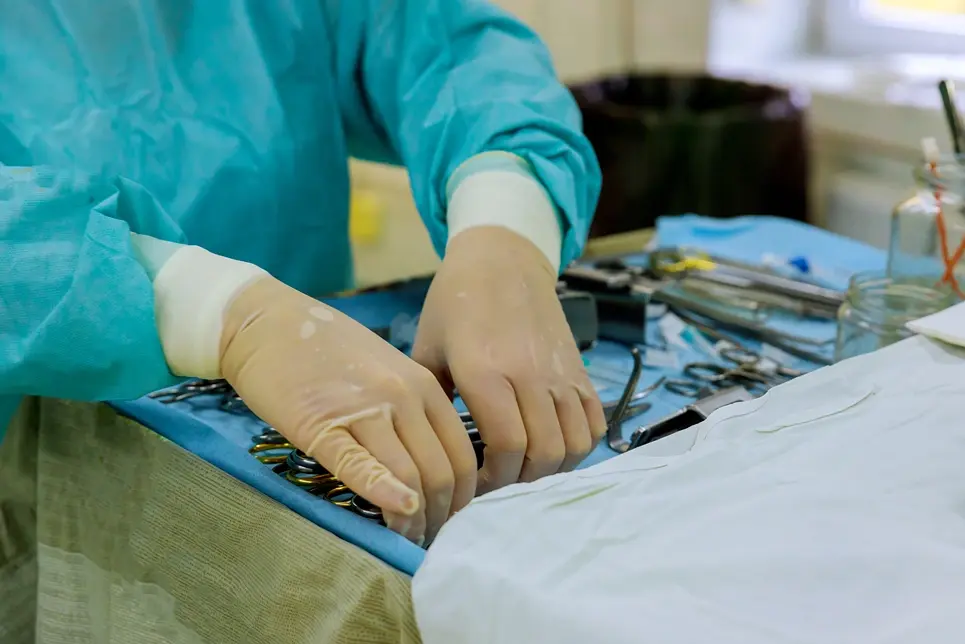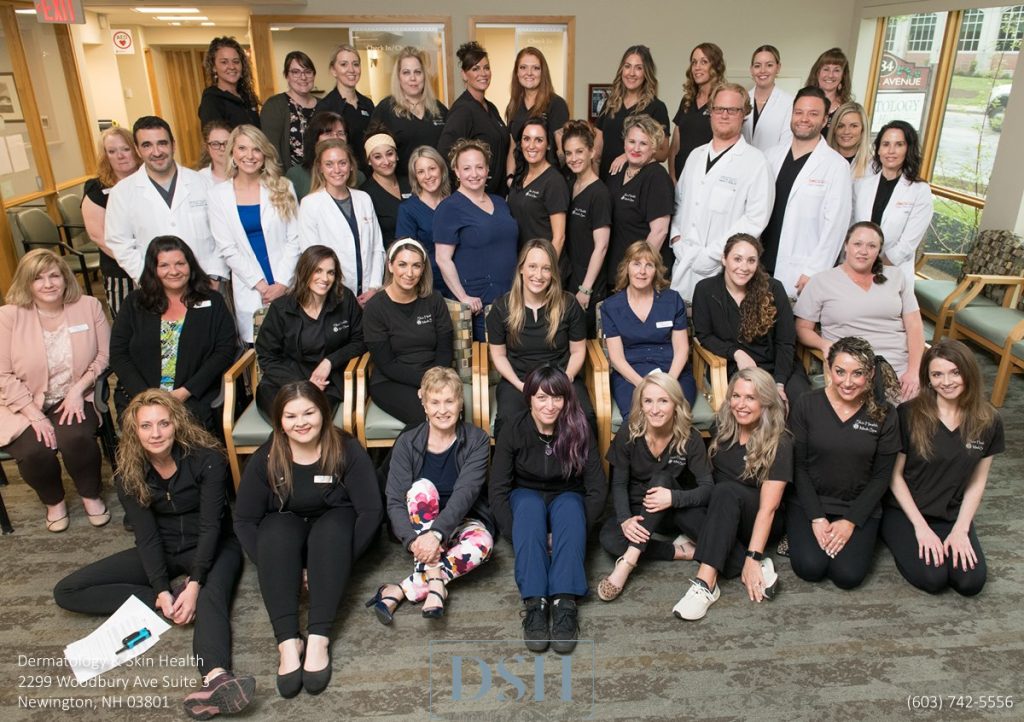

Mohs surgery is a highly effective treatment for certain types of skin cancer. This precise technique allows surgeons to remove all cancerous cells while minimizing damage to the surrounding healthy skin.

Mohs surgery, also called Mohs micrographic surgery, is a specialized procedure for removing skin cancer. Developed in the 1930s by Dr. Frederick Mohs, it is considered the gold standard for treating basal cell carcinoma and squamous cell carcinoma, the two most common types of skin cancer. Mohs surgery may also be used to treat rare skin cancers.
Mohs surgery is unique because it allows surgeons to examine 100% of the surgical margin. This means that the surgeon can see exactly where the cancer cells are and remove them, while leaving as much healthy tissue as possible. Other skin cancer treatments only examine a small portion of the surgical margin.
Mohs surgery has the highest cure rate of any skin cancer treatment, up to 99% for certain tumors. Mohs surgery also results in minimal scarring and disfigurement and offers a shorter healing time.
The Mohs procedure is performed in stages:
The Mohs procedure is performed in the dermatologic surgeon's office under local anesthesia, meaning you will remain awake during the procedure. You will wait about an hour between each stage as your surgeon analyzes the removed tissue. Most procedures require one to two stages, but complex cases can take five or more. The total procedure can take three to six hours.
Mohs surgery is often recommended for skin cancers that:
The skin above the eyebrow presents unique challenges for skin cancer treatment because of the delicate structures in this area. These structures include hair follicles, sebaceous glands, and intricate nerves and blood vessels that feed the eye and forehead.
Skin cancers above the eyebrow can also extend delicate roots along nerve paths, making it difficult to ensure complete removal with other methods. Because Mohs surgery allows for comprehensive analysis of the entire surgical margin, it is often the preferred treatment for skin cancer in this area.

Mohs surgery above the eyebrow is performed in the same way as Mohs surgery in other areas of the body. Because the procedure is performed under local anesthesia, you will be awake during the surgery, but you should not feel any pain.
After your Mohs surgery, your surgeon will close the surgical site with stitches. You may have a pressure dressing or bandage over the site.
One of the biggest concerns with surgery near the eyes is the resulting appearance and scarring. However, Mohs surgery is designed to minimize scarring. Several factors can influence how visible your scar will be, including:
Most patients experience excellent functional and cosmetic outcomes with Mohs surgery above the eyebrow.
Mohs surgery is a safe and effective procedure, but like any surgery, there are some risks and potential complications. These risks are rare but can include:
It is important to contact your surgeon immediately if you experience any signs of infection, such as increasing pain, swelling, redness, or pus drainage.

The cost of Mohs surgery varies depending on several factors, such as the size and location of the tumor, the number of stages required, the surgeon’s fees, and the facility fees.
The average cost of Mohs surgery is $2,575. The cost per stage typically ranges from $500 to $1,500. Simple cases may cost as little as $1,500, while complex cases can cost over $12,000.
Most health insurance plans cover Mohs surgery when it is considered medically necessary. However, coverage varies depending on your specific plan. You may need to meet a deductible or copay.
It is important to contact your insurance company to verify your coverage before undergoing Mohs surgery. Dermatology & Skin Health’s staff can also help you verify your insurance benefits and understand your potential out-of-pocket costs.
While Mohs surgery is considered the gold standard for treating certain types of skin cancer, there are other treatment options available. These include:
The best treatment option for you will depend on the type, size, and location of your skin cancer, as well as your overall health and preferences. Your doctor will discuss the risks and benefits of each treatment option with you and help you choose the best course of treatment.

If you have been diagnosed with skin cancer or are concerned about a suspicious spot on your skin, please schedule a consultation at Dermatology & Skin Health. We will work with you to develop a personalized treatment plan.
Contact Dermatology & Skin Health today to get started.
If your desired appointment type or preferred provider is unavailable online, kindly call (978) 525-0100 for Peabody, MA and (603) 742-5556 for all New Hampshire locations. Alternatively please feel free to send us your request via the patient portal, or via email at info@dermskinhealth.com
*For medical dermatology appointments in MA please dial (978) 525-0100 or fill out the appointment request form above.